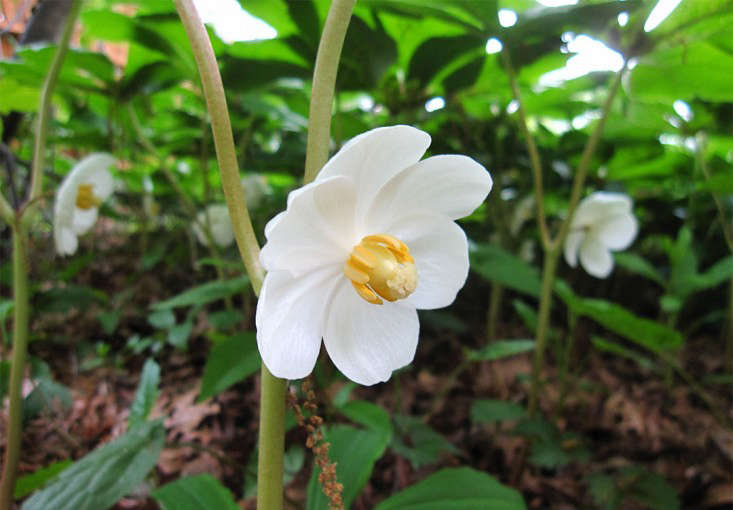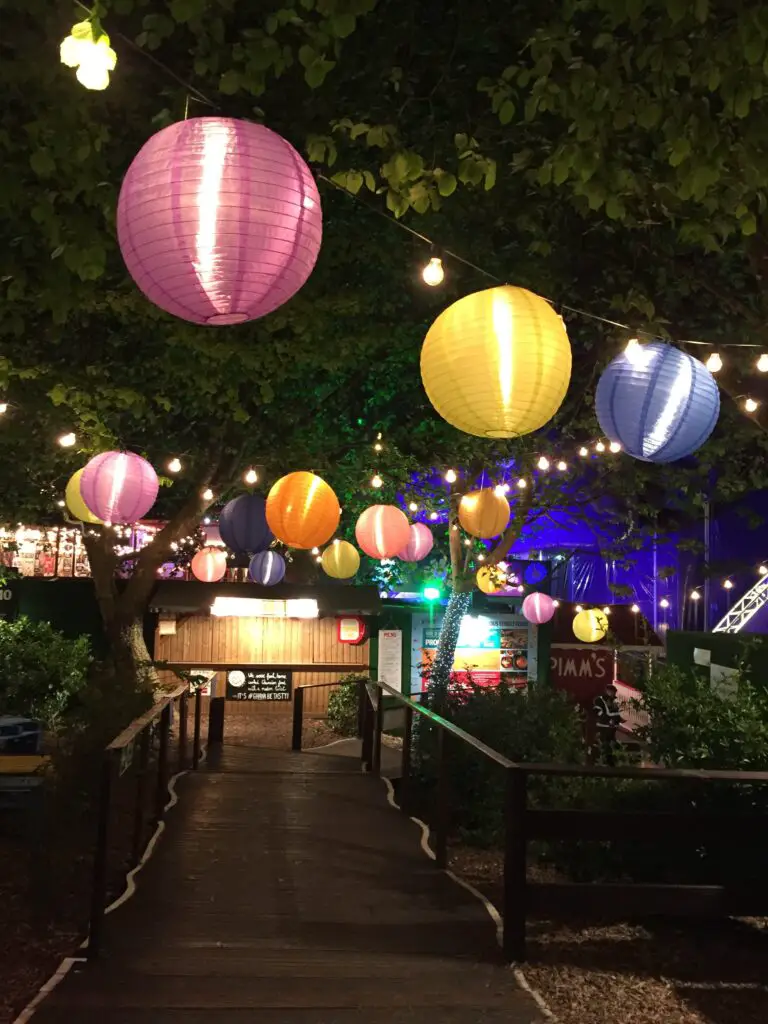Crops from Mexico for the Southwest
The American Southwest has indelible ties to Mexico that run even deeper than its structure, meals, and tradition. Most of the literal roots of our gardens can hint their lineage to Mexico’s wild biodiversity. A few of Mexico’s native crops would appear acquainted to us, however not simply because they’ve been in cultivation for therefore lengthy. Certainly, many Mexico-native crops and their kin additionally develop northward into the Southwest and are nicely distributed all through our personal mountains and deserts.
The assorted climates of Mexico
With its excessive elevations and innumerable habitats, Mexico is without doubt one of the world’s biggest hotspots of biodiversity. Practically 24,000 native plant species are discovered there. Many are endemic to small areas, discovered nowhere else on the planet.
Although largely certain by water, Mexico’s large mountains create each cloud forests above and dry rain shadows under. With such a spread of local weather sorts, the drier areas of Mexico host a variety of cacti and succulents, amongst different crops, that give our Southwest gardens their distinctive look. Tons of of species develop naturally in advanced plant communities but adapt simply to cultivation. Listed below are a number of the most spectacular Mexican crops which can be excellent for Southwest gardens.
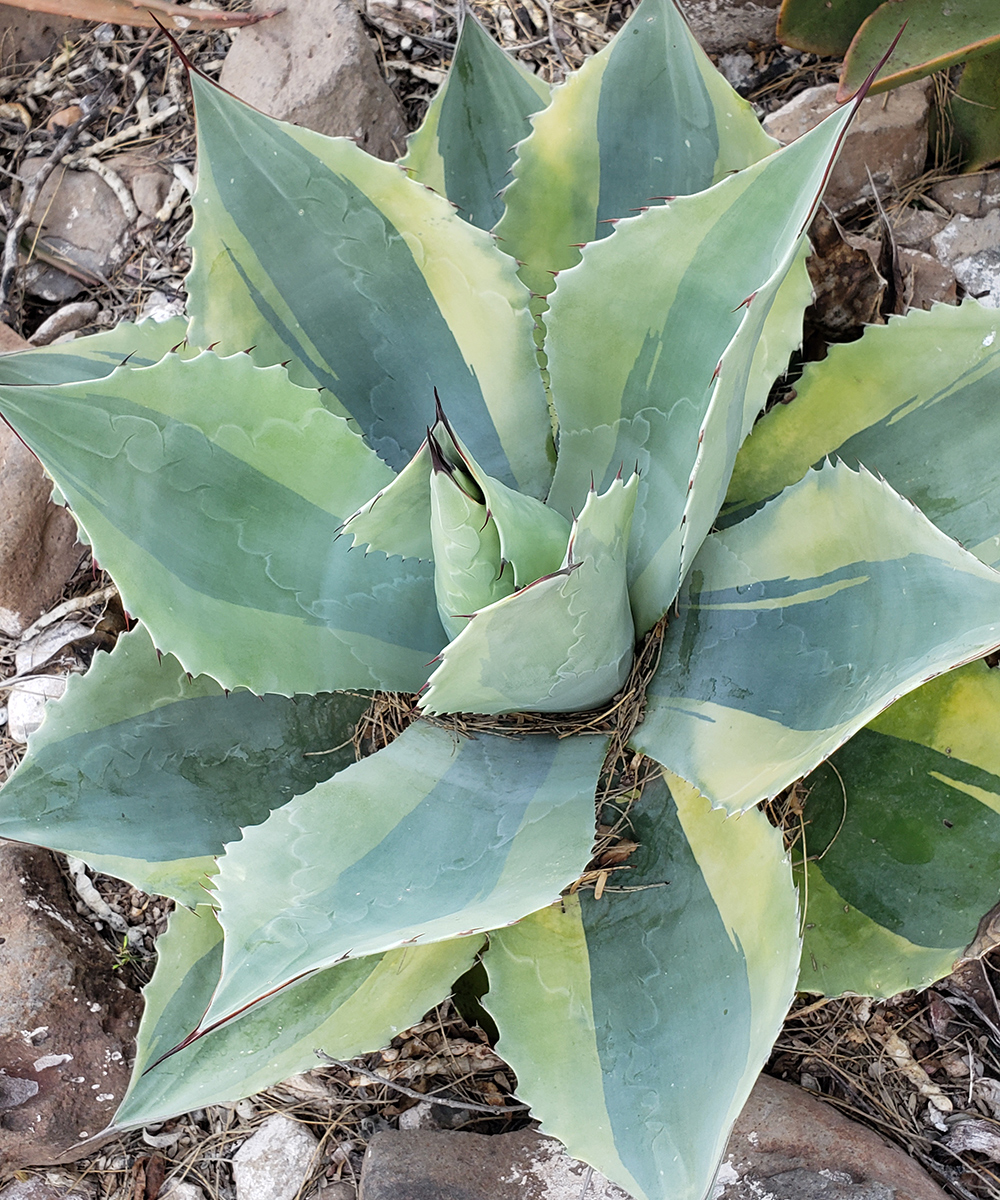
Whale’s tongue agave
Agave ovatifolia, Zones 7–11
Agaves vary from large 12-foot-tall giants to pint-size gems. There’s a measurement and form for each backyard. The waxy blue rosette of whale’s tongue agave makes it a must have. Originating within the state of Nuevo Leon and rising at a 3,000-foot elevation, this agave is hardy to Zone 7 and grows fortunately in filtered solar and well-drained soil. Specimens, that are beautiful as they mature over about 10 to fifteen years, attain about 5 toes tall and 6 toes huge. Ensure that close by crops can alter to whale tongue agave’s growth. Its flowers are spectacular, with blooms reaching as much as 15 toes tall, however flowering will likely be its final hurrah. Although it may well produce plentiful seed, it doesn’t usually depart any offsets behind. Because of this, I plant a brand new seedling someplace within the backyard about each 5 years to make sure continuous future shows. Feeling extravagant? The variegated cultivar ‘Orca’ fetches a excessive value however has no equal.
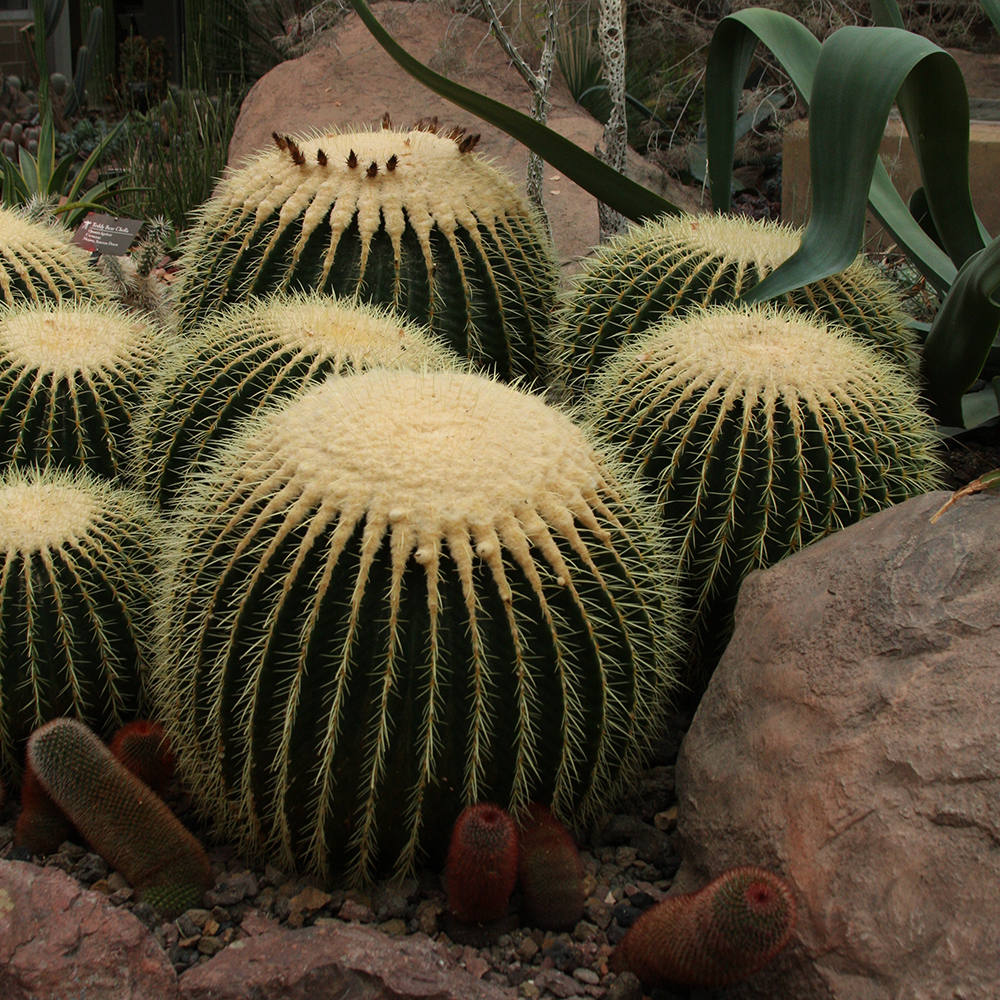
Golden barrel cactus
Echinocactus grusonii, Zones 9–12
Cacti are at an apex of variety in Mexico, with practically 700 species rising throughout a variety of habitats. The columnar species are most conspicuous, from the huge candelabra sorts akin to Pachycereus weberi (Zones 9b–11) to the extra orderly Mexican fenceposts (Pachycereus marginatus, Zones 9b–11). The star of Mexican cacti has lengthy been thought of the ever-present golden barrel cactus. Typically a plant’s abundance available in the market breeds contempt, however on this case, I’ve no such aversion. In any case, this plant is severely endangered in its wild habitats of Hidalgo, so I take consolation in its abundance in cultivation. And it’s spectacular in backyard conditions, hardy into the mid-teens, and forgiving in each blazing solar or vibrant shade. It additionally works nice in containers and appears luminous when backlit by the solar. Better of all, this plant is reasonably priced, even when bought at a powerful measurement. A well-placed group of golden barrel cacti will improve any planting of succulents and cacti like no different plant will.
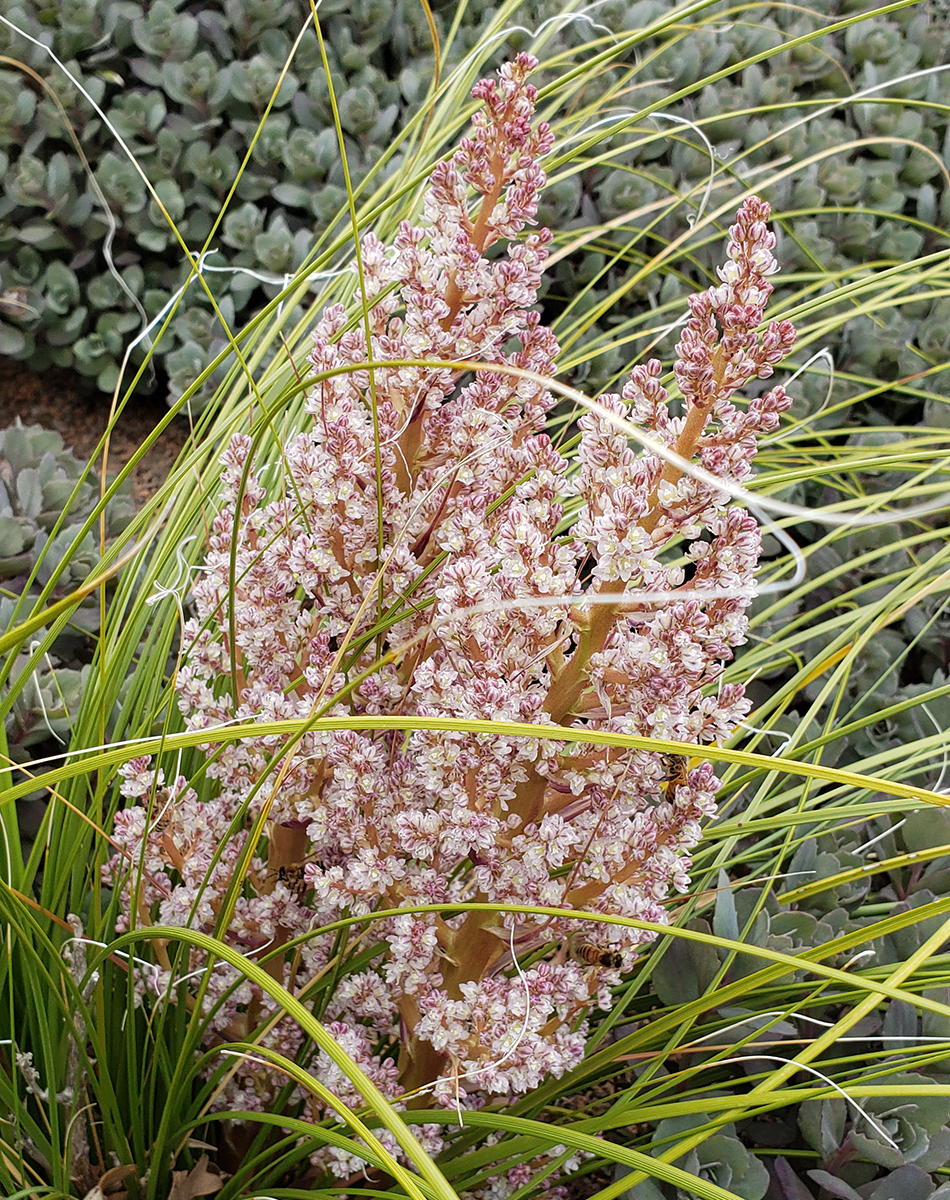
Texas sacahuista
Nolina texana, Zones 6–11
Crops within the genus Nolina vary all through Mexico and nicely into the southwestern United States, reaching even so far as Colorado. Texas sacahuista is native to northern Mexico and into New Mexico and Texas. The opposite widespread title of this plant, satan’s shoestring, is apt sufficient, given its dense shining mounds of cordlike evergreen leaves. Equally at house in its native habitat or on a sunny slope in Denver, this plant appears to be like very good the place its 2- or 3-foot-long leaves can cascade over a rock wall. It additionally works nicely as a textural underplanting round xeric bushes. Texas sacahuista tolerates some moist durations of climate with good drainage however prefers dryness, particularly in winter. Its early summer time blooms appear like compact ostrich plumes tucked into the crown of the plant. They’re a smooth cream coloration with a sublime overlay of lavender-pink. As with many crops on this genus, Texas sacahuista is irresistible to pollinating bees.
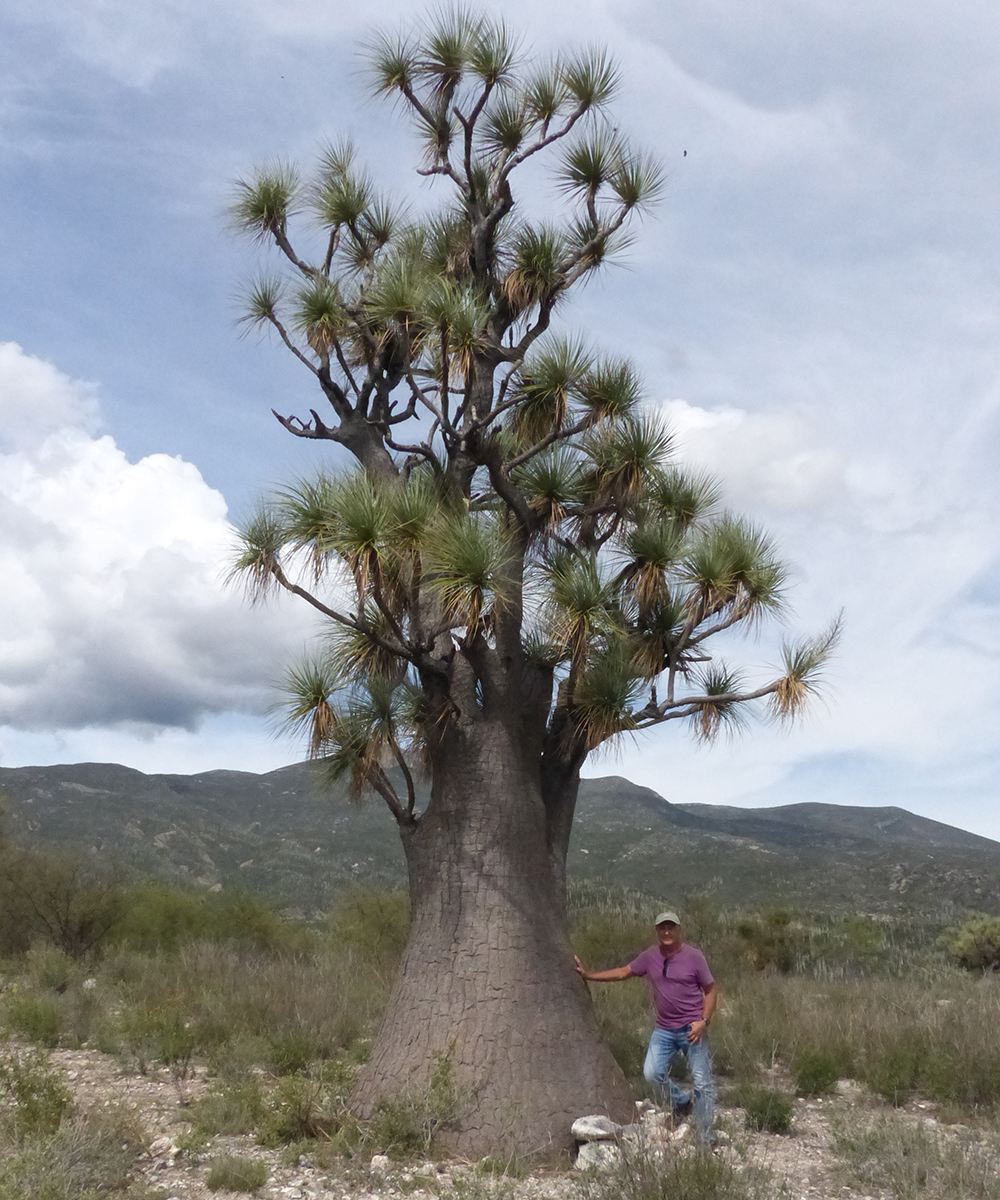
Ponytail palm
Beaucarnea gracilis, Zones 9–11
One of many nice giants of the succulent world, ponytail palm finally develops a hulking, elephant’s-foot-like base, very like the associated ponytail palm (Beaucarnea recurvata, Zones 9–11) so generally grown as a houseplant. Scattered in arid habitats within the southern Mexican states of Puebla and Oaxaca, B. gracilis tolerates full solar and arid circumstances higher than some others within the genus. The leaves are inflexible and tufted on the suggestions of ascending to contorted branches. On maturing crops, creamy flowers will seem in frothy pyramidal panicles held aloft in midsummer. I take into account this plant a worthwhile funding as a long-term dwelling backyard sculpture.
These are simply a number of the many Mexican-native crops which can be completely at house within the American Southwest. Any one in all them will add a contact of aptitude and sense of place to your backyard.
For extra Southwest regional reviews, click on right here.
—Dan Johnson lives and gardens in Denver and in Tucson, Arizona. He’s an affiliate director of horticulture for the Denver Botanic Gardens.
Photographs, until in any other case famous: Dan Johnson






